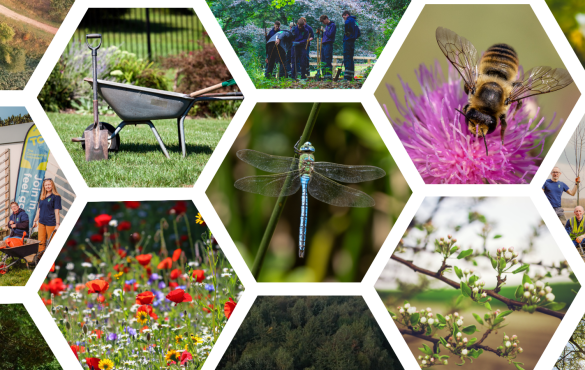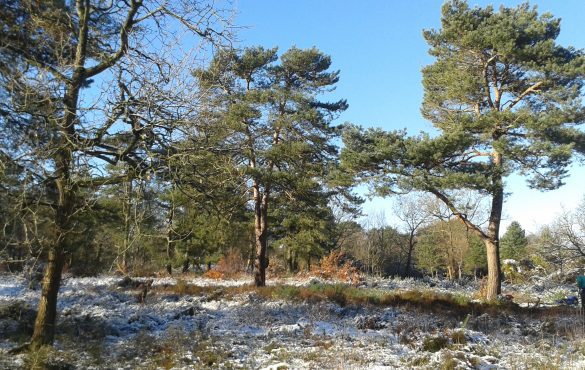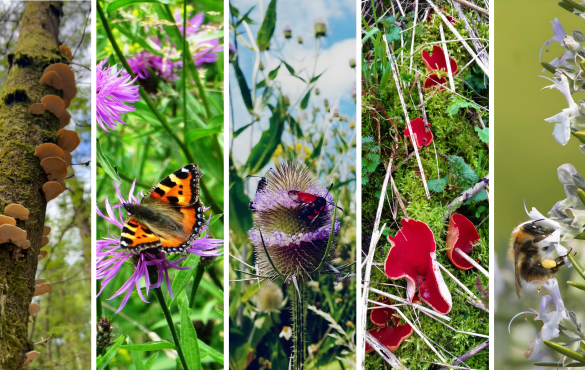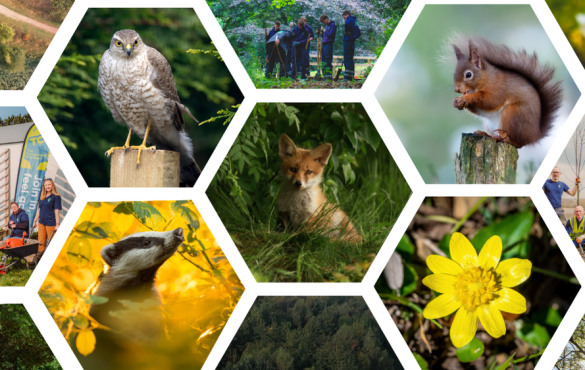Greening: making a living environment more environmentally friendly
We often associate ‘greening’ with large, open spaces such as parks or large back gardens. But there is opportunity to green more ‘grey’ spaces, such as our front gardens and patios – even on a small scale. Often it’s the most unassuming spots that can have a big impact.
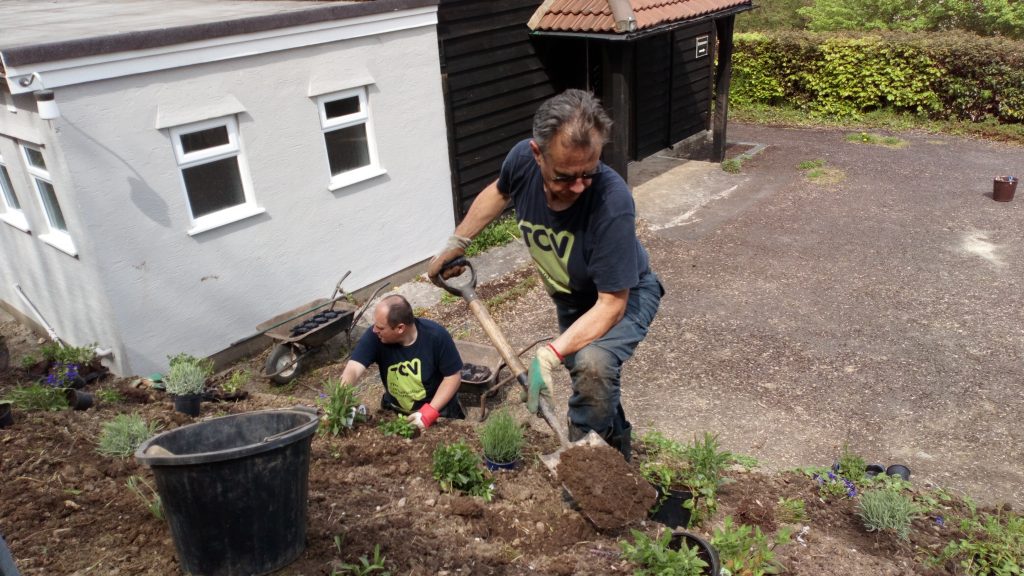
Estimations of the amount of front gardens in the UK that are paved over or covered in concrete range from a quarter to a third. This is understandably convenient given the decline in freely available roadside parking, as well as busier lifestyles that make hard landscaping the preferred option where there is little maintenance and upkeep required.
However, as we know, there’s an environmental cost to this. Paving increases the risk of flooding as paving, tarmac and concrete are less permeable than grass or soil and don’t soak up rainfall, which then overwhelms drainage systems, causes rivers to burst their banks and causes a huge amount of disruption, expense and heartache. The bad news is we can only expect this to increase with climate change causing continued heavy rainfall.
But there is good news and a solution – if you’re ready to make small additions to your own piece of grey. And they need not be time consuming. If you have opted for paving, there are additions you can make that go a long way to improving the space and help to protect the natural world.
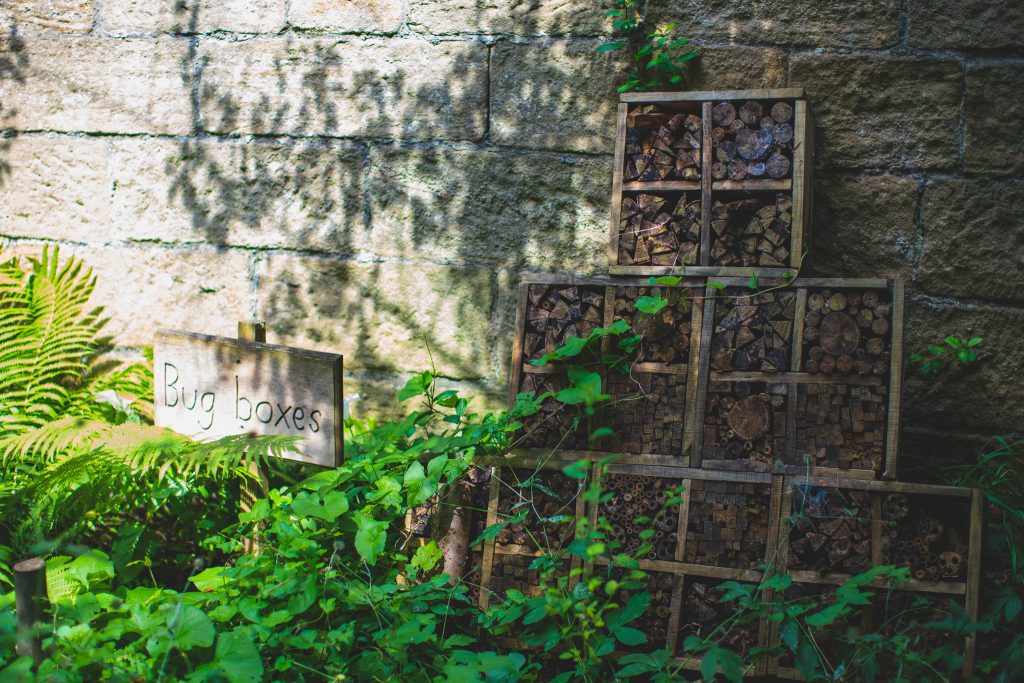
So what are some of the ways we can make our front gardens greener?
Plants and hedges
If you do have soil or areas of soil, then there will be room for plants. The best plants are a source of food and shelter for wildlife, and the more there are and the more varied you can make them, the better. Native plants are especially important as they co evolved to support local ecosystems and will attract bees, beetles, birds and other wildlife to your garden. Nectar-rich flowers are also important, such as Echinacea.
Using various sized pots for these plants is a brilliant option on paved areas, as they can be placed in lots of nooks and crannies, for example surrounding where you park your car, or become a focus of the space using a big, brightly coloured pot with matching flowers. Don’t forgot the humble window box too!
You can make use of your exterior walls and encourage climbing plants, such as Ivy or Virginia Creeper, which as well as adding some seasonal dramatic colour, help to insulate your home and provide protection and nectar for wildlife in colder seasons when there’s little food to be found. Just note that these plants require some management to ensure they don’t spread too much.
Having hedges instead of walls on the periphery of your garden provide ideal nesting areas and somewhere safe away from predators as well as being a lovely visual addition for you and a barrier against roadside pollution.
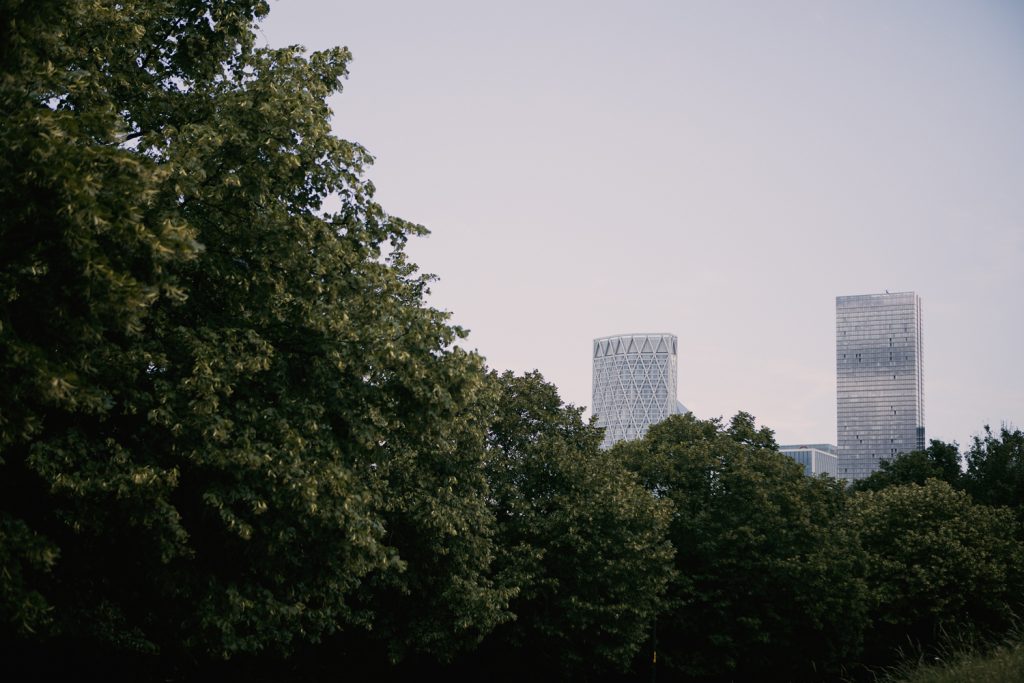
Trees
We love trees at TCV for all their benefits: providing homes and food for wildlife, sequestering carbon, and helping to combat pollution and climate change are just some. There are many small trees for smaller gardens to choose from that grow to less than 5 metres in height. When choosing, as well as your preference on deciduous or evergreen, consider a UK native, its spread and any effect its roots may have on your foundations.
Bird feeders
An easy option to support wildlife and bring some nature to your own home. It’s easy to pick up a bird feeder from any garden centre in the U.K. Ideally the feeder should be placed near greenery so that birds are safe from predators.
Deadwood log piles and compost heaps
Decaying wood and old plants and leaves are very important for wildlife. Woodlice, spiders, beetles, fungi, mosses and lichens make their homes there and hedgehogs, frogs and birds and other small mammals come to feed on the insects or use the dead wood as a perch or as a shelter.
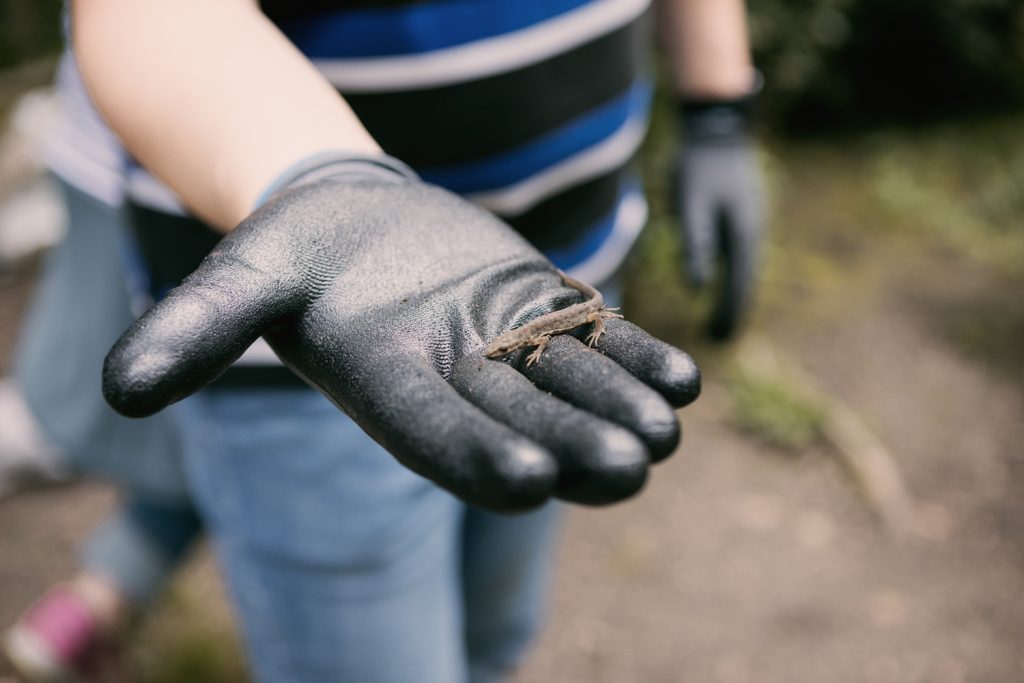
You can leave dead trees and shrubs to decompose naturally or you can get hold of logs that have retained their barks from when neighbours or anyone you know has had tree work done. Make sure the logs are thick enough so that they won’t rot too quickly and collapse.
Composting is when plant material is piled together to rot and produce compost. Fungi and bacteria feed on the compost, which produces the composting process. Compost feeds the soil and sustains many different types of wildlife. Slugs, snails, woodlice, worms etc feed on the decaying matter and then small mammals come to feed on them. Keep a look out on TCV’s Media Hub for how to compost coming soon!
Wildflowers
Wildflowers attract a host of wildlife such as bees and butterflies, which is especially important as some species are in decline. They are also, of course, beautiful to behold. Another plus is that they only need cutting back once a year so are very easy to maintain.
Make homes for wildlife
You can give nature a helping hand by providing shelters such as bird boxes, bug hotels or butterfly houses. These can be bought online but can also be made easily at home for a fun and creative activity. Watch a step-by-step guide to making your own mini bug hotel by our Scotland team.
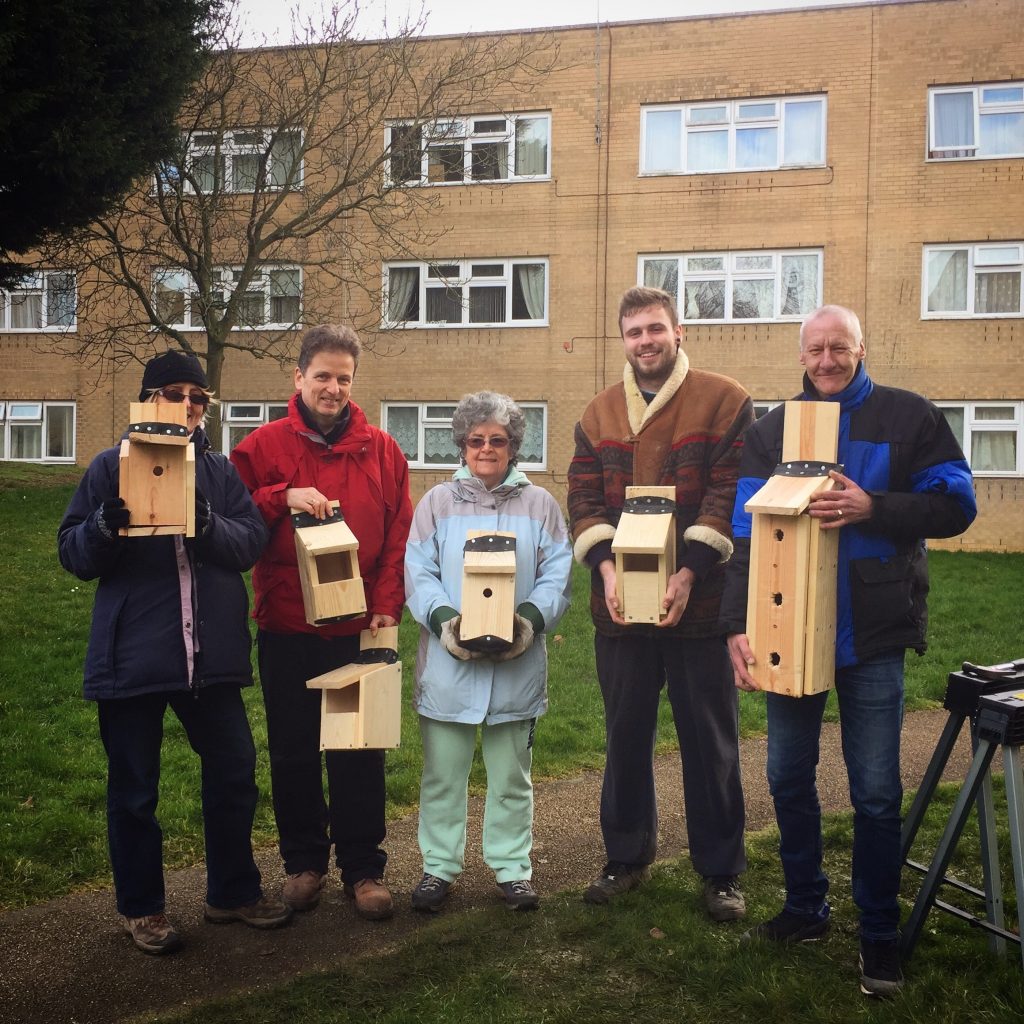
Water sources
Water is essential for wildlife for many different reasons. Drinking is the obvious one but water is also used to shelter, breed and bathe in. Just make sure your water source is shallow and easy to get in and out of. Ideally it should be placed near a shrub or tree so that birds and others can be safe from predators. A pond makes an ideal water source but there are many smaller options including even placing a shallow dish of water on the ground.
You’ll want to look at ways to conserve water too. Oak barrels or tubs are examples of containers that don’t have to take up much space.
Using recycled and reused materials
There is often an environmental cost involved in using new materials for the structures or garden items you add to your garden because of where they come from and how they are extracted, manufactured and installed. Using recycled materials instead is a great alternative. These can be found in yards, junk shops and online in places such as eBay and Freecycle. They can look as nice, if not nicer, than new materials as they bring a unique identity to your garden.
If you’re buying new, opt for eco-friendly materials – the number one being the fast growing and sustainable bamboo. If these can be sourced locally, even better!
Permeable paving
If you do need to opt for paving over soil and grass then try to keep the paving area as small as possible and use permeable paving options like gravel, porous asphalt or concrete or permeable block paving. These don’t have to cost more or require much maintenance and will allow water to soak through the surface into the ground below, thus avoiding flooding issues. Also bear in mind, planning permission may be needed for new non-permeable surfaces.
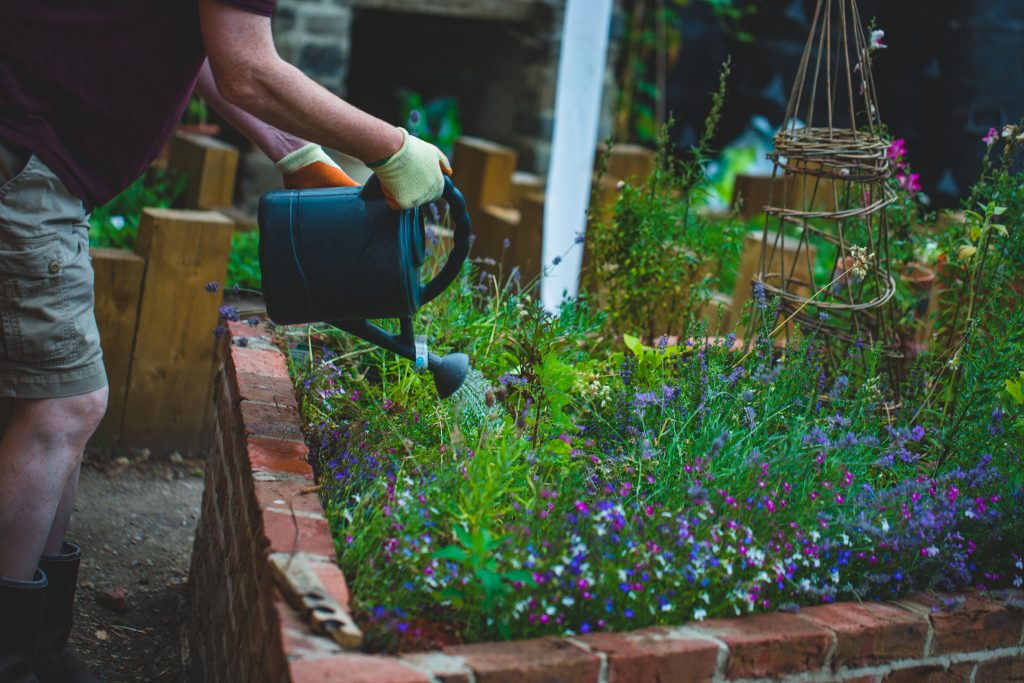
These are just some ideas to get you going on greening your grey front gardens. From an individual perspective, ‘greening up’ these spaces is a wonderful way to add aesthetic appeal and increase your wellbeing by adding nature to your everyday life. But to save our environment and natural habitats, the collective impact from adding some green to all grey gardens would be massive.
Keep up to date with the latest news and activities from The Conservation Volunteers by following on Twitter, Facebook, LinkedIn and Instagram. You can also sign up to receive our Greenzine newsletter for more ways to get involved – including improving green spaces in many urban spaces across the UK.

